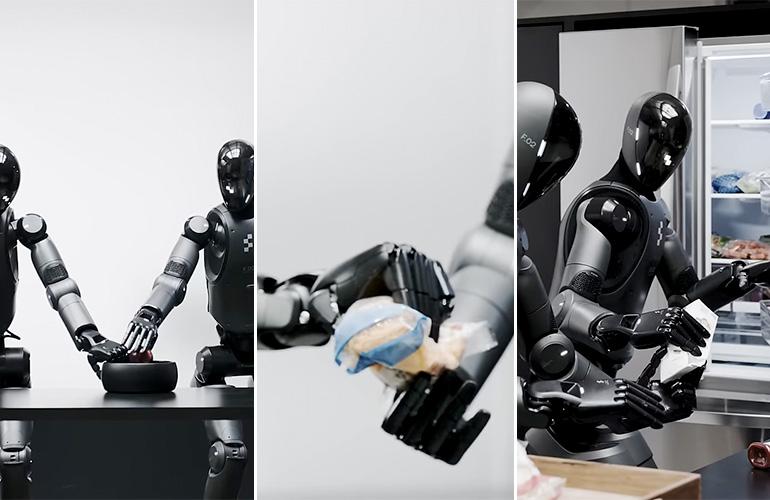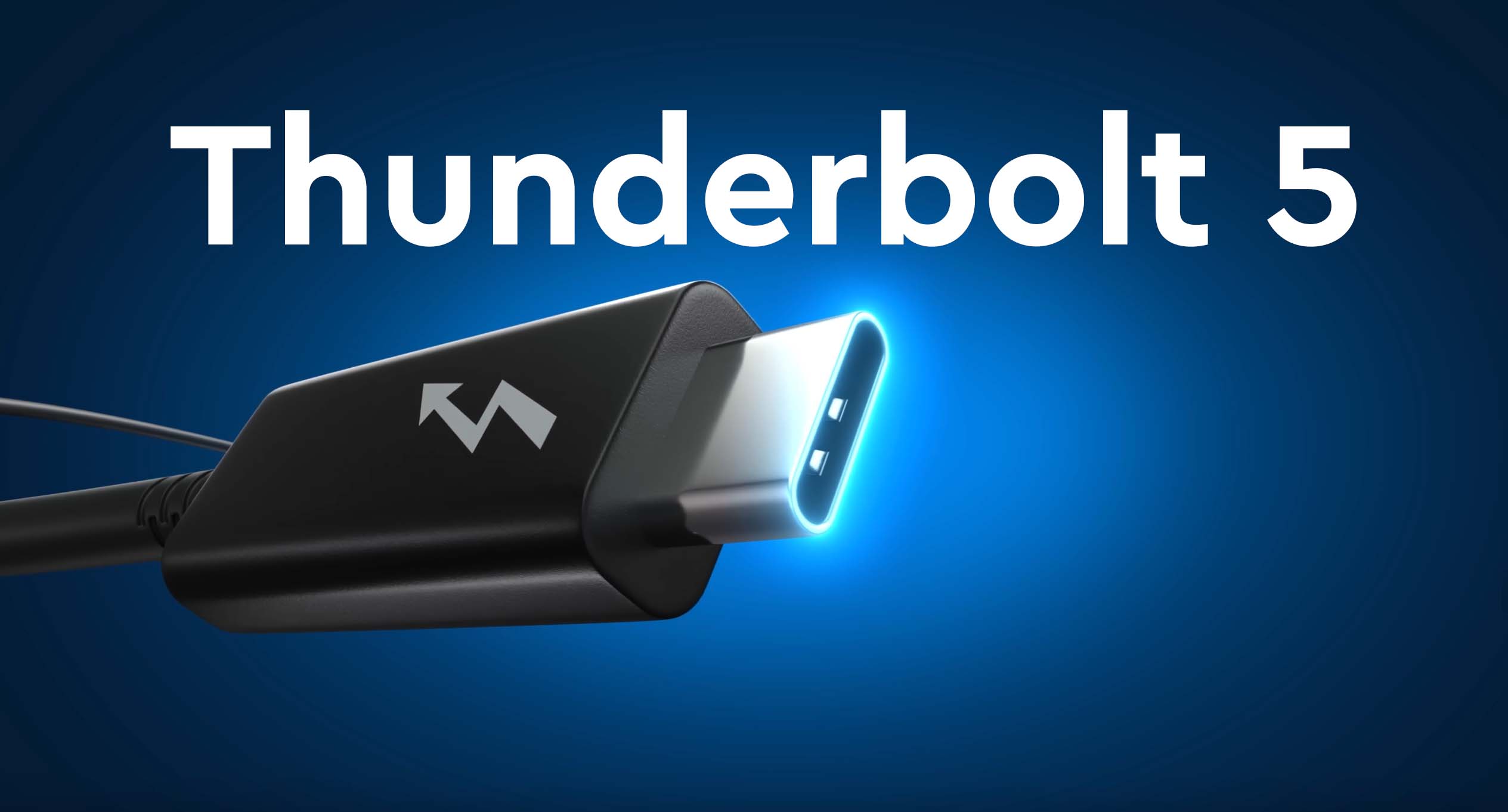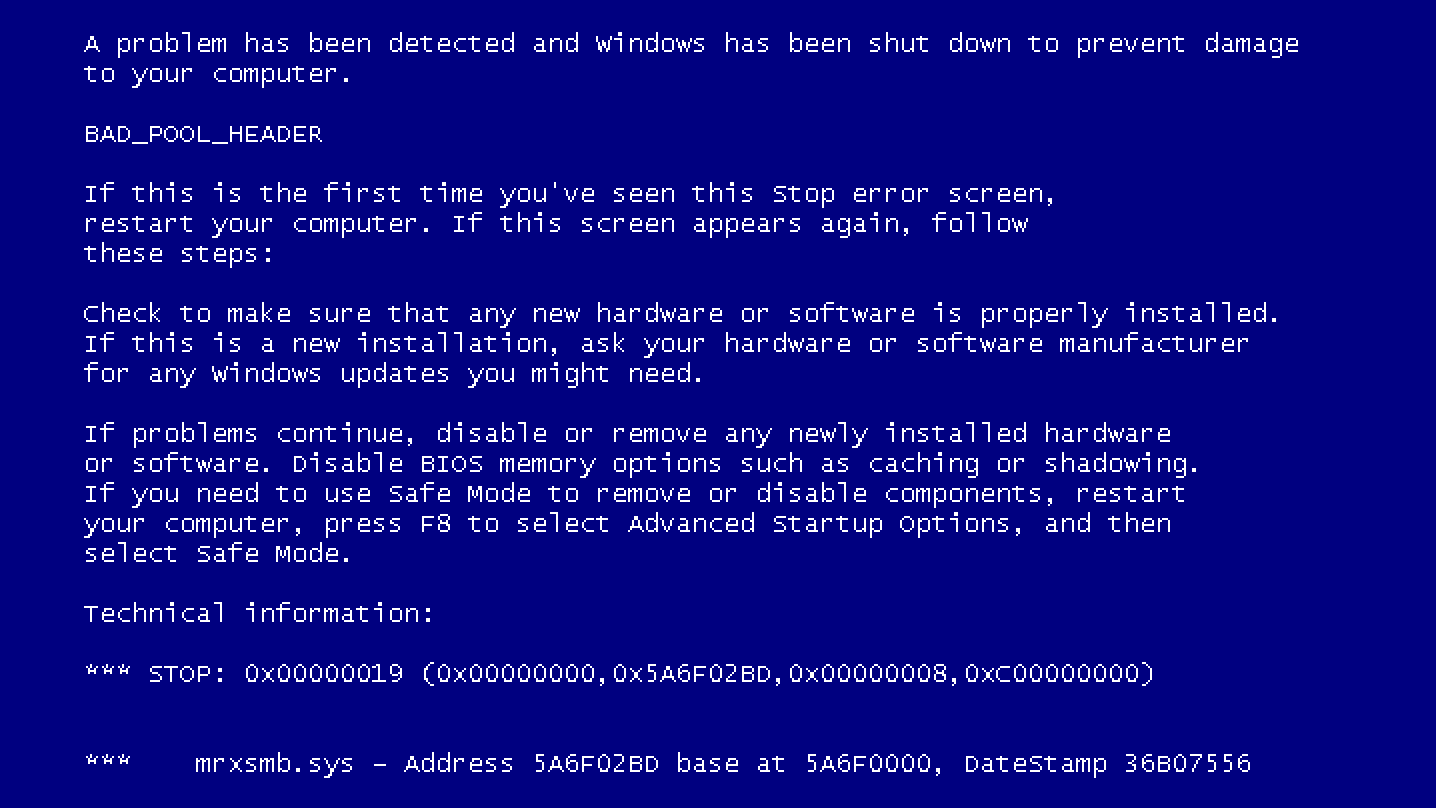What Can a Tech Startup Do in 3 Years?
What do you think a tech startup can accomplish in three years? Or better yet — what can a robotics-focused IT startup achieve in that time? Perhaps a couple of announcements to entertain users and attract investors, maybe even a semi-functional prototype that moves one limb.
But Figure had a different vision. In just three years, they've unveiled not one but two versions of their humanoid robots — trained them to walk, think, and even work. And look at that design — a titanium ambassador from the future!
Let’s discover who they are, who the genius founder is, and what ties he has to the U.S. Air Force. Most importantly — how did they build a smart, agile, and even social robot in just three years?
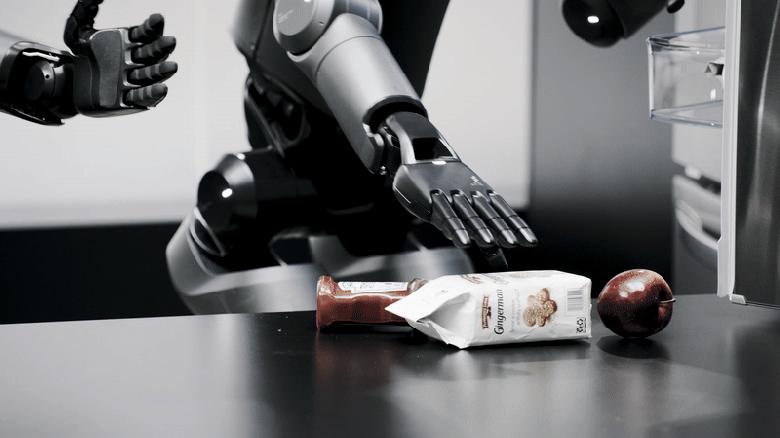
Who’s Behind Figure?
Figure isn’t just a company — it’s a challenge to Boston Dynamics and Tesla. And behind it is a man with a biography unlike anything typical in Silicon Valley.
Meet Brett Adcock. He sold a marketplace, built an electric aircraft, and after watching “Terminator,” decided: “Why not build one — but useful?”
Thus, in 2022, Figure was born — a startup aimed at transforming factories, kitchens, and possibly humanity itself.
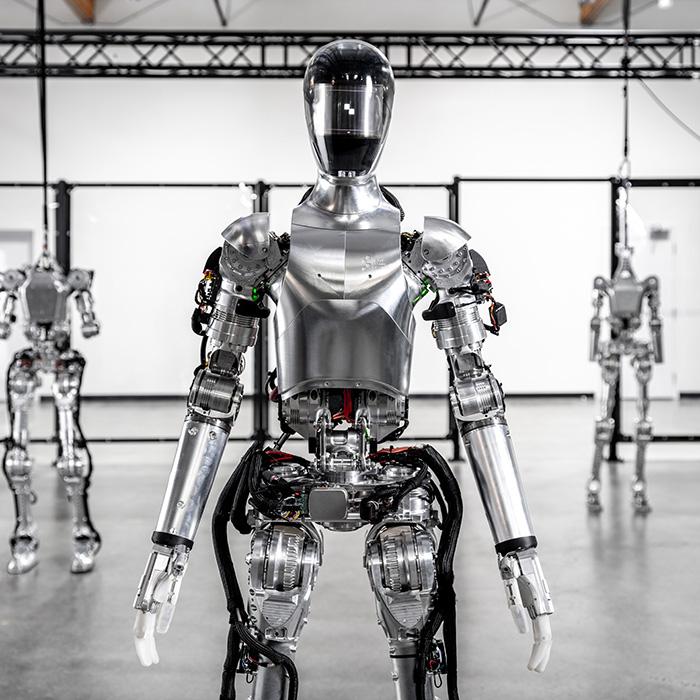
A History of Bold Moves
Brett is no stranger to tech. His first big win was Vetry — a recruitment platform for tech, sales, and finance — sold to Adecco Group for ~$100M in 2018. Then came Archer Aviation: electric vertical takeoff aircrafts. United Airlines ordered 200 units for $1B. By 2021, Archer was valued at $2.7B.
In May 2022, Brett left Archer to focus on Figure.
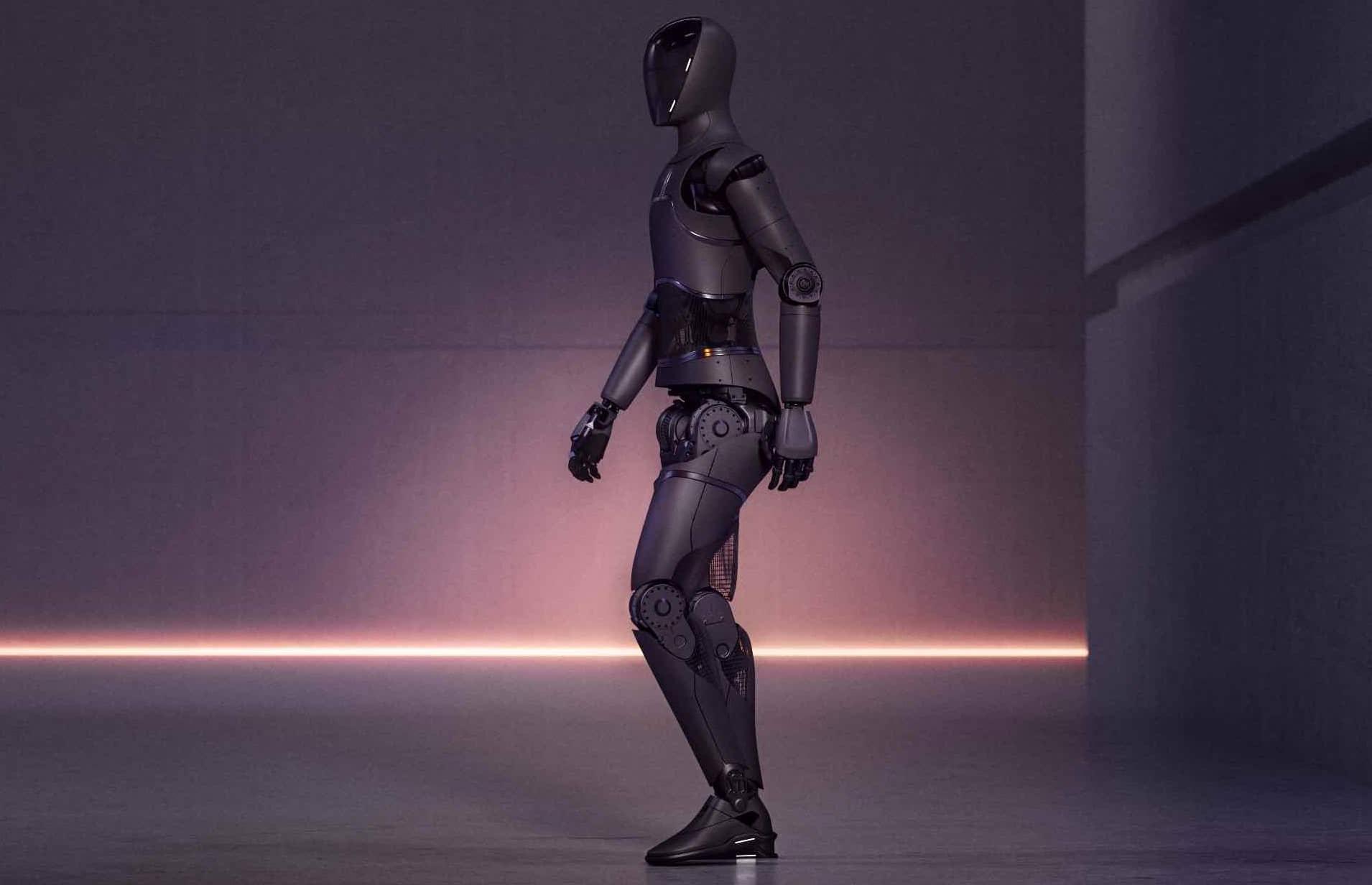
Enter Figure One
The first humanoid robot to walk onto the internet. 168 cm tall, 68 kg, 200 Nm actuators, silicone hands, panoramic cameras, and a display face. It could lift 20 kg and run for 5 hours.
Their CTO, Jerry Pratt, spent 20 years in robotics, including work on Boston Dynamics’ Atlas.

Smart, with a Touch of GPT
Figure One runs on OpenAI’s GPT-4 — it sees, hears, remembers, and follows contextual commands. Tell it “Give me that” and it understands what “that” means.
Figure Two? A game-changer: exoskeleton, 7 hours of runtime, 16 degrees of freedom, 25 kg capacity, RGB cameras, voice interface, VLM from OpenAI. It works at BMW sorting auto parts with sub-centimeter precision.
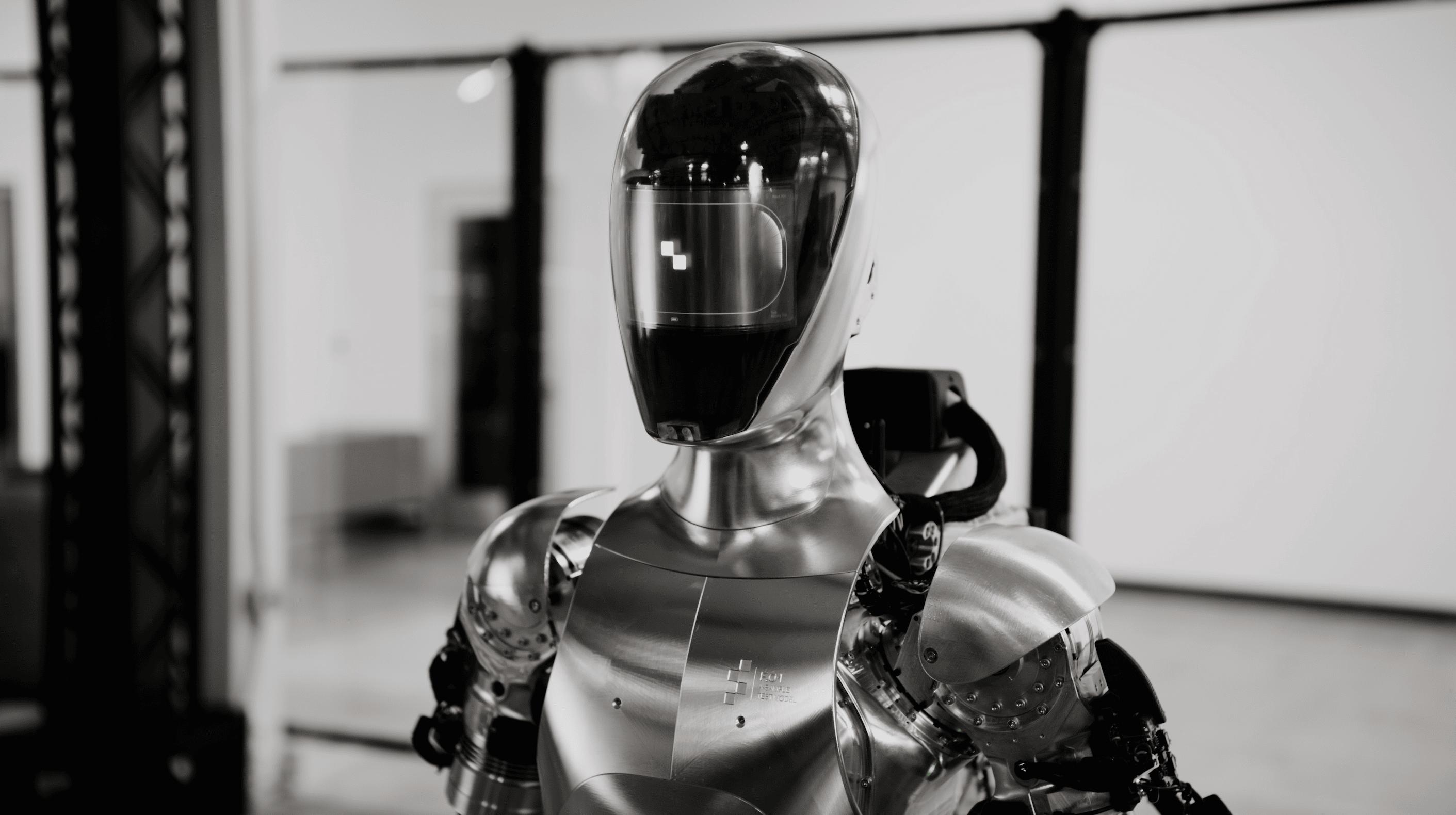
Drama with OpenAI
But then — conflict. Figure split from OpenAI. Why? Creative differences. Brett posted: “We need deep vertical integration. External AI slows us down. We want full control.”
OpenAI prefers software and APIs, not robots. Figure wants thinking machines that move.
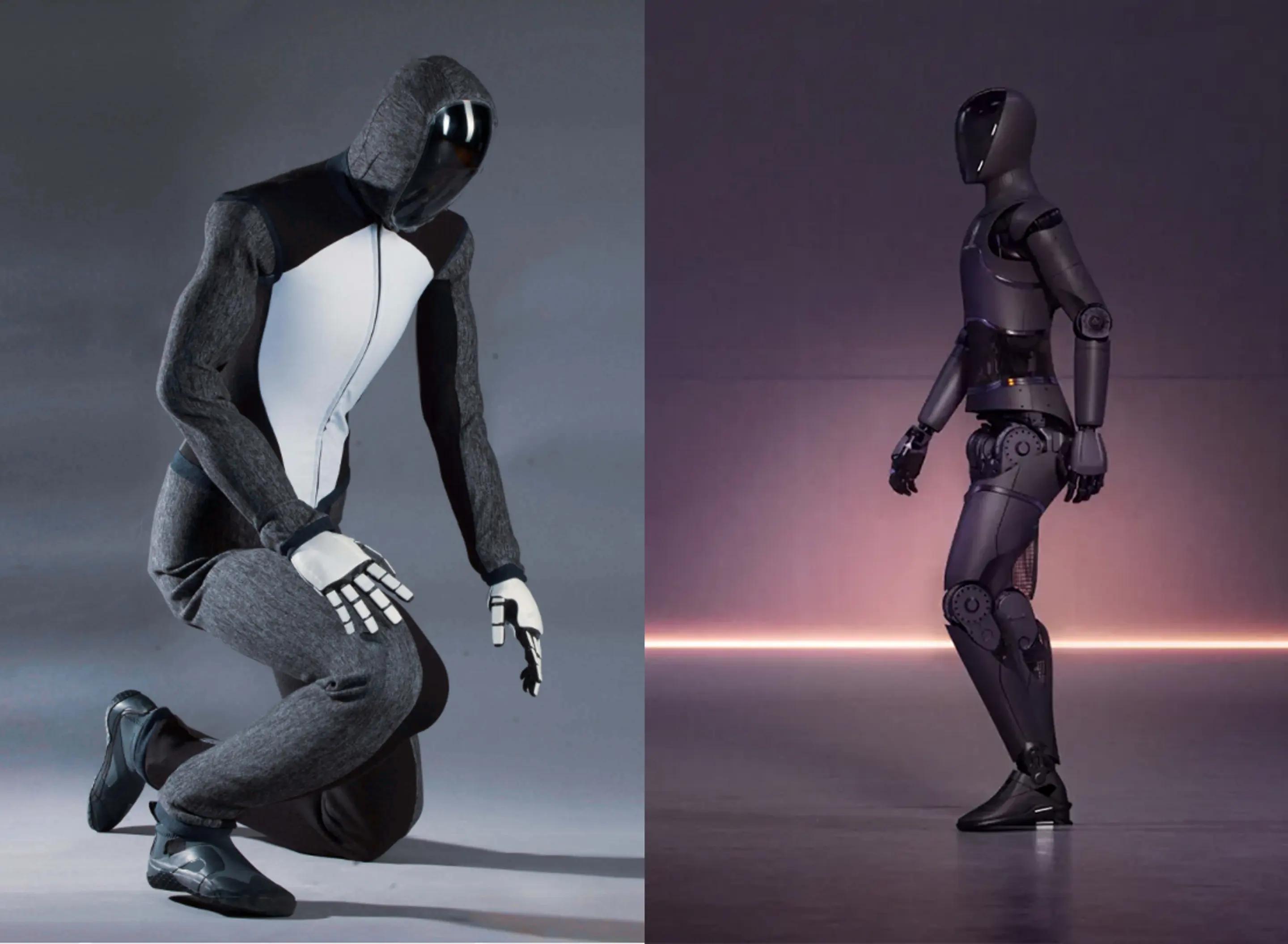
Meet Helix
Figure launched Helix — their in-house AI: GPT-4, MidJourney, Beeps in one. VLA architecture: Vision, Language, Action. Two-layered system: one plans (200Hz), one acts (9Hz). Robots think slow, act fast — in sync like Wi-Fi-enabled bees.
Figure 2 with Helix sorts items faster than you and your mom at Walmart. Real team effort. Not automation — cooperation.
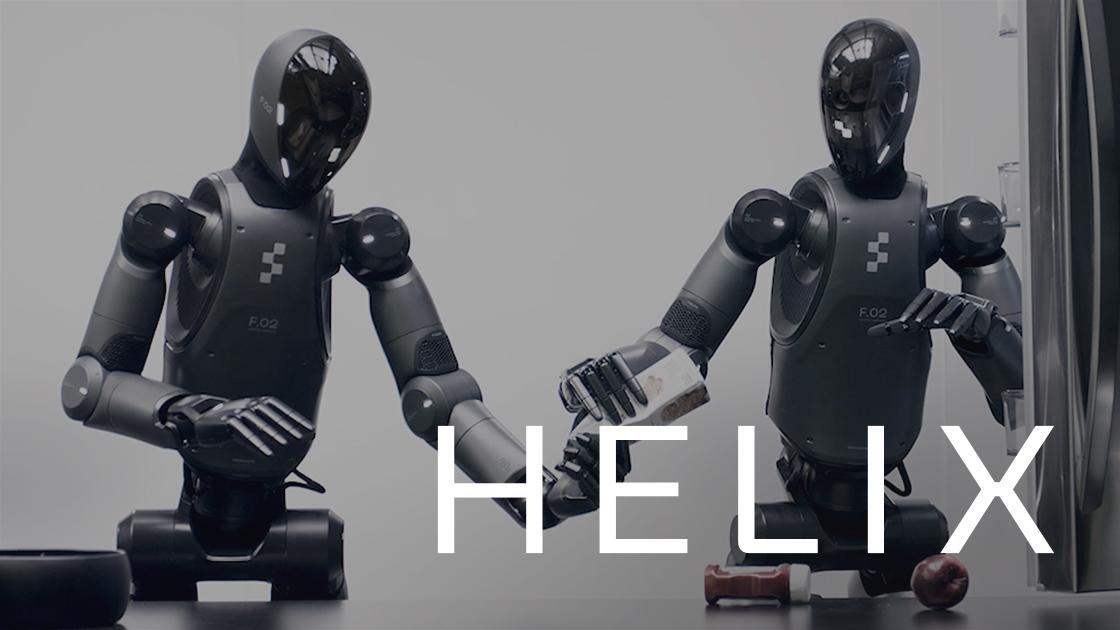
Looking Forward
Now, Figure stands alone — own hardware, AI, philosophy. Can they survive without OpenAI’s resources?
In 2025, they’ve already shipped units to a major U.S. company. Target: 100,000 robots by 2028. Like Tesla — mass production, custom product. Target market: logistics.
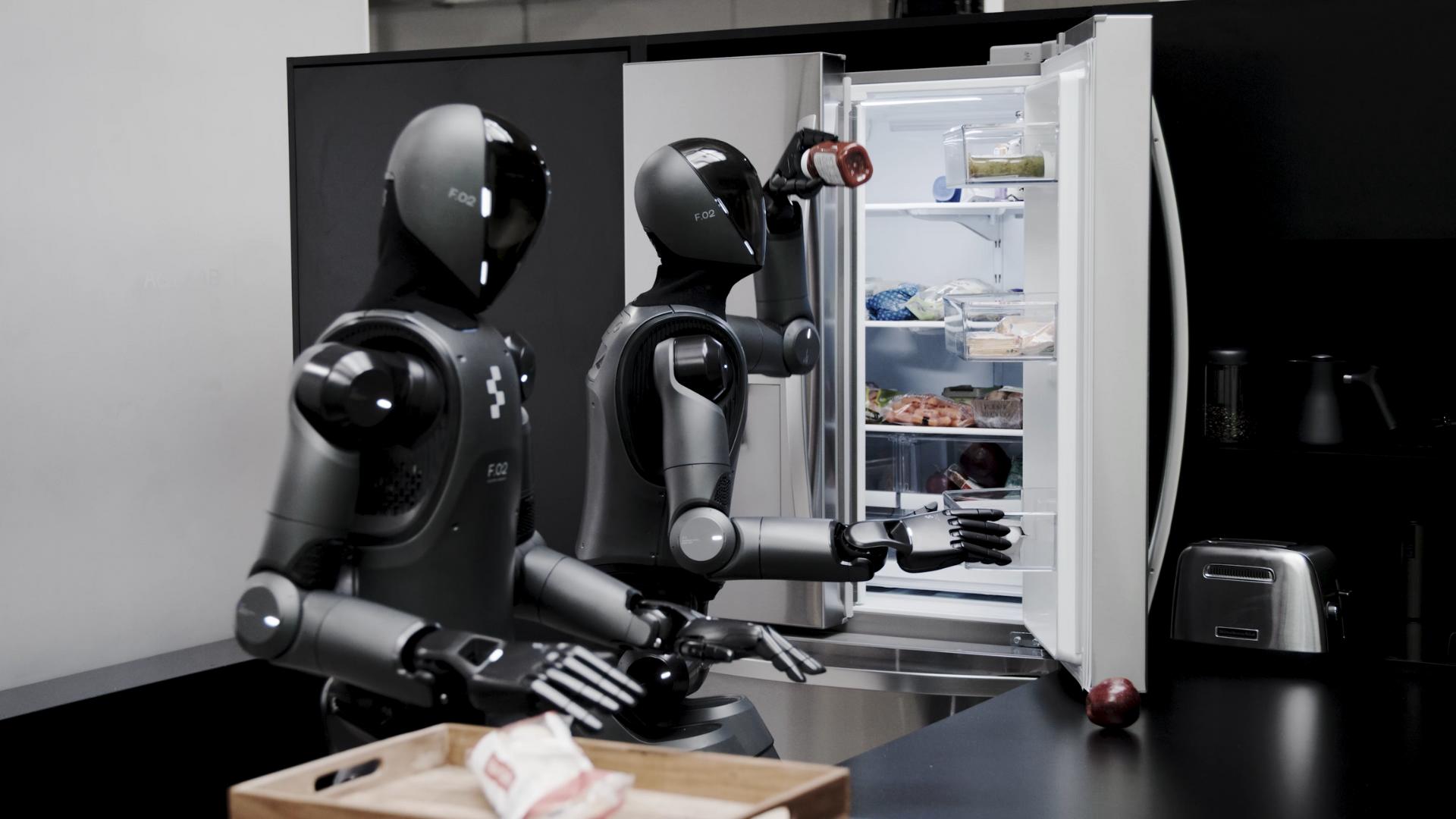
Amazon, Carrefour, BMW — all want robots that open doors, move boxes, and don’t need lunch breaks.
Advantages: quick training, no sick days, adaptive. Future: press a button, robot works. Delivered in boxes, configurable via cloud. ROI: under 12 months. Price? Less than an annual salary — $30–40K.
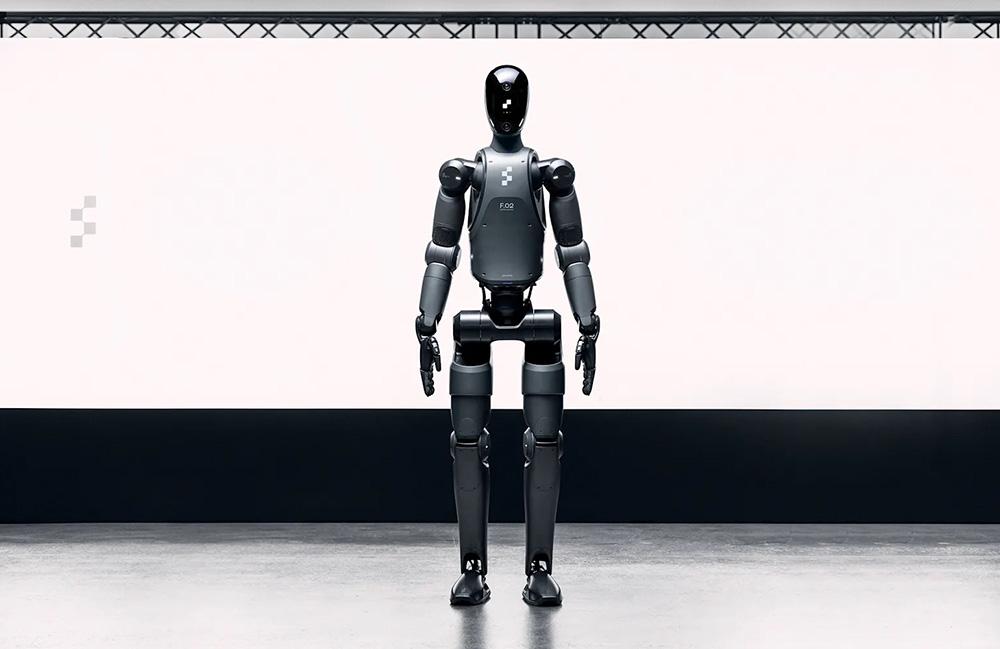
Competition Heats Up
Competitors: Tesla Optimus, Agility Digit, Uni3 G1, Xiaomi Cyber One, Sanctuary AI. But only Figure controls both AI and hardware — already operating in real factories.
They say: “We’re in business.” Robots are the new PCs. Or electric cars 10 years ago.
Ambitious? Absolutely. But so far — impressive. Could this be the Apple of robotics? Or just a bubble? Time will tell.
